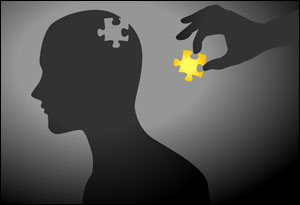
Many psychotherapists are concerned that the traditional methods of psychotherapy–talk, clinical skills, and the relationship between the therapist and client–are threatened by an avalanche of neuroscience research and findings. But Coherence Therapy (originally called Depth Oriented Brief Therapy) bridges that gap. Coherence Therapy was developed over the last 25 years by psychotherapists Bruce Ecker, LMFT and Laurel Hulley, MA. It combines the time-honored psychotherapy skills of empathic listening and therapist-client co-exploration with recent neuroscience findings on memory reconsolidation, the brain’s process for unwiring and dissolving negative emotional learnings carried in implicit memory.
Coherence Therapy maintains that:
- Emotional or traumatic experiences are stored in the brain’s implicit memory networks, outside of awareness.
- Also stored are emotional learnings (core beliefs, mental models, schemas) that adaptively prime the brain to react self-protectively in similar situations.
- The vast majority of therapy clients’ problems and symptoms are generated coherently by implicit memory in that way.
- A special sequence of experiences, identified in memory reconsolidation research, actually unlocks the synapses that encode and store implicit learnings, allowing permanent, transformational change.
- The Coherence Therapy clinician guides clients to access and unlock their negative implicit learnings and then deeply unlearn and dissolve them using vivid contradictory experiences.
- Symptoms disappear immediately after their underlying learnings have disappeared, bringing a new experience of well-being.
Rather than being a formulaic treatment, Coherence Therapy draws on core psychotherapy skills:
- An empathic connection with clients is crucial for accessing vulnerable emotional learnings.
- The client holds the knowledge and solutions; the therapist is the facilitator and guide.
- Coherence Therapy was developed by therapists who found neuroscience research corresponding to the transformational steps they’d observed with clients. Clinicians and brain researchers had independently identified the same process.
- The steps for memory reconsolidation are explicitly called for in Coherence Therapy, but the same core process may be responsible in any therapy sessions that produce transformational change.
More information on Coherence Therapy